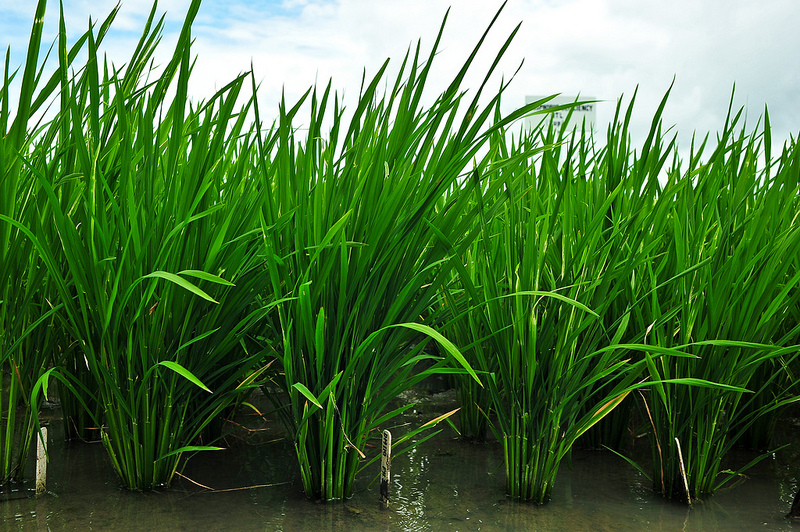SUMMARY
This is AI generated summarization, which may have errors. For context, always refer to the full article.

BARCELONA, Spain – A multinational team headed by Dr. Sigrid Heuer of the International Rice Research Institute (IRRI), has pinpointed a gene that can significantly increase rice harvest grown in phosphorus-deficient soil.
The team, writing in the journal Nature, said that the gene can enhance grain yield by as much as 60% compared to rice varieties which do not have it based on their controlled experiment.
This finding is significant in increasing rice yield for two reasons:
- most rice are planted in areas where the soil is poor and nutrient deficient
- phosphorus is a nonrenewable resource whose mineral source is mined and concentrated only in few countries
The gene is named PSTOL1 or Phosphorus-starvation tolerance 1.”
Its main function, according to the authors, is to regulate the early crown root development and root growth in rice. Hence, rice with an over expression of this gene produces more roots that are also healthier.
This fact also helps rice plants to have higher uptake of other nutrients such as nitrogen and potassium. This may translate to lesser dependency on fertilizers without a reduction in yield.
Jackpot

PSTOL1 was isolated from the Indian aus-type rice variety Kasalath. The Kasalath, in recent years, has been given attention by rice scientists as a source of economically important traits or genes resistant to nutrient deficiencies.
Although the Kasalath variety is known to thrive well in soil that is poor in phosphorus, the gene and the mechanism which makes it such are not fully understood until this study.
In the International Rice Research Institute’s (IRRI’s) press release, Heuer said, “We have now hit the jackpot and found PSTOL1, the major gene responsible for improved phosphorus uptake and understand how it works.”
With the isolation of this gene, new rice breeds can be developed faster and easier with 100% certainty they will have the gene, according to the same press release.
In an interview with BBC, Heuer said that rice breeds with this gene may be available in 3-5 years but they are hopeful they could still make this sooner with new available technologies.
In the Nature journal, the authors also strongly emphasized the importance of preserving traditional rice varieties which may have other important traits. These traits may be helpful in breeding the rice of the future.
PSTOL1 is absent in the rice reference genome and other modern varieties that are intolerant to phosphorus starvation, said the authors.
The research is a collaboration of IRRI, the Japan International Research Center for Agricultural Sciences (JIRCAS), Dipartimento di Bioscienze, Universita` degli studi di Milano, Italy, and the University of the Philippines, Los Baños. The lead author, Rico Gamuyao, a Filipino, had this study as his PhD dissertation.
The PSTOL1 research team also includes other Filipinos, who conducted significant parts of the research locally. This proves that given the proper opportunities and guidance, Filipinos can excel in science regardless where they do their research. – Rappler.com
Nathaniel Hermosa is a Research Fellow at the Institute de Ciences Fotoniques in Castelldefels(Barcelona), Spain. He puts a spotlight on Philippine science in his blog. Neil H. Tan Gana is a PhD student taking up Medical Sciences in Nagoya City University Graduate School of Medical Sciences, Japan.
For related stories, read:
Add a comment
How does this make you feel?





There are no comments yet. Add your comment to start the conversation.